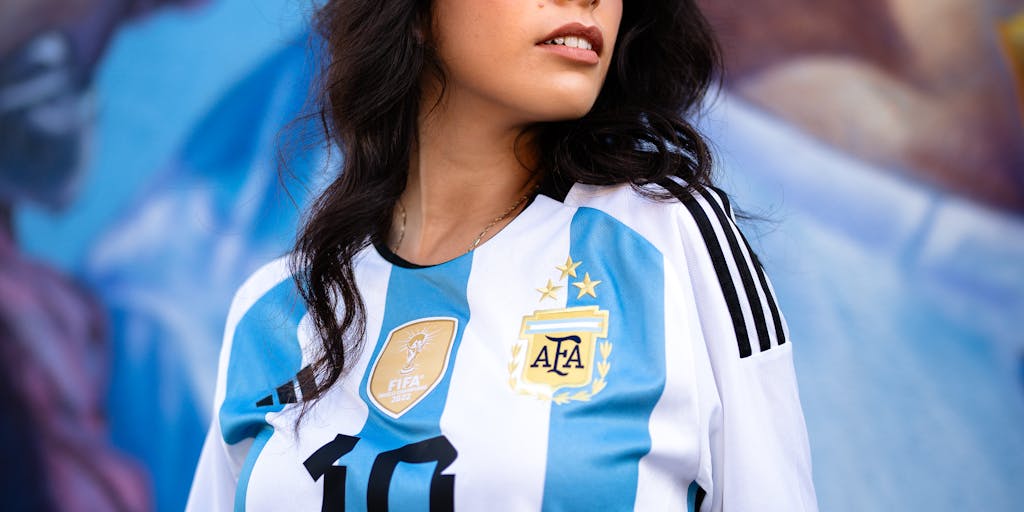
Paris Saint-Germain’s Unmatched Squad Value: How Financial Muscle Shapes Ligue 1’s Competitive Landscape
Paris Saint-Germain (PSG) stands as an unrivaled titan in French football, not just in terms of trophies but also regarding financial prowess. As of July 2025, the Parisian club boasts a squad valued at over one billion euros, according to Transfermarkt data compiled by Statista. This astronomical valuation vastly outstrips every other Ligue 1 team, with Olympique de Marseille—the second most valuable squad—clocking in at approximately 304 million euros. This article delves into how PSG’s financial superiority influences transfer strategies, tactical flexibility, and the broader competitive dynamics within France’s top flight.

Paris Saint-Germain players celebrate a recent Ligue 1 victory, showcasing the depth and talent afforded by their billion-euro squad value.
Financial Powerhouse: PSG’s Billion-Euro Squad
PSG’s unparalleled squad value is a clear indicator of their spending power and ambition. The club’s ability to invest heavily in elite talent originates from a combination of affluent ownership, lucrative sponsorship deals, and commercial success. This financial clout has enabled PSG to assemble a roster studded with global superstars, rising talents, and versatile specialists—creating one of the most formidable squads in European football.
To put things in perspective, PSG’s squad valuation is more than three times greater than that of Marseille, who themselves are investing strategically to challenge the Parisian dominance. Other notable competitors like Olympique Lyonnais, AS Monaco, and Stade Rennais also lag significantly behind in market value, underscoring the gulf that PSG has created in Ligue 1’s financial landscape.
Impact on Transfer Market and Squad Building
PSG’s financial muscle fundamentally shapes their approach to the transfer market and squad construction. Unlike many Ligue 1 clubs forced to balance budgets tightly, PSG enjoys the luxury of pursuing marquee signings without immediate financial constraints. This enables them to maintain squad depth across all positions, allowing coach Christophe Galtier to rotate players to manage fitness and tactical needs effectively.
This wealth also empowers PSG to retain key players amid growing interest from other European giants. The club’s investment in long-term contracts and competitive salaries helps secure stability and continuity in a mercurial transfer environment.
This sustained spending has a knock-on effect on the market. PSG’s ability to pay premium fees inflates player valuations, influencing the overall transfer ecosystem in Ligue 1 and beyond. Other French clubs must respond by focusing on youth development or seeking undervalued talents to remain competitive.
Tactical Implications of a Star-Studded Roster
PSG’s squad depth translates directly into tactical flexibility. Coach Christophe Galtier can experiment with various formations, including fluid 4-3-3, 4-2-3-1, or even 3-4-3 systems, depending on opposition and match context. The presence of technically gifted midfielders, pacey wingers, and dynamic forwards enables rapid attacking transitions and complex positional rotations.
Defensively, PSG can sustain an aggressive high press thanks to players who combine physicality with technical awareness. This approach has been a hallmark of their style, allowing them to dominate possession and suffocate opponents early. Such tactical complexity requires players of superior quality and versatility—luxuries afforded by PSG’s financial superiority.
Moreover, squad rotation ensures that fresh legs are always available, critical in managing the rigors of competing on multiple fronts, including domestic trophies and the UEFA Champions League.
Illustration of PSG’s typical high-pressing 4-3-3 formation, leveraging squad depth and player versatility.
Competitive Balance and Ligue 1 Dynamics
This vast financial gap inevitably influences Ligue 1’s competitive balance. PSG has dominated French football for nearly a decade, regularly securing the league title with considerable point margins. Their overwhelming resources often discourage direct competition in the transfer market and on the pitch.
However, this dominance has forced other clubs to innovate. Marseille, Lyon, Monaco, and Rennes have increasingly invested in youth academies, scouting networks, and data-driven recruitment to identify and nurture emerging talents. Tactical discipline and collective organization have become the go-to strategies for these clubs trying to counter PSG’s individual brilliance.
For example, Monaco’s recent focus on young, dynamic players and Rennes’ balanced 4-2-3-1 system reflect attempts to exploit teamwork and tactical cohesion. These strategies, while effective to an extent, have yet to consistently bridge the gulf in quality and depth that PSG possesses.
European Ambitions: Beyond Ligue 1
PSG’s squad valuation is not only about domestic dominance; it is a statement of intent on the European stage. The club has invested massively to become a genuine contender for the UEFA Champions League trophy, a prize that has so far eluded them.
Their billion-euro squad features players with experience and pedigree in Europe’s elite competitions, enabling tactical adaptability against diverse continental opponents. The ability to rotate stars in congested schedules is critical during the latter stages of European tournaments.
PSG’s sustained investment reflects their ambition to join the ranks of clubs like Real Madrid, Manchester City, and Bayern Munich, who combine financial power with tactical innovation to compete at the highest level.
PSG players training with European ambitions in mind, focusing on tactical refinement and squad cohesion.
Conclusion
Paris Saint-Germain’s staggering squad valuation, surpassing one billion euros, exemplifies the growing financial stratification in Ligue 1. This economic muscle shapes every facet of the club’s operations—from transfer market strategies and squad building to tactical execution and league dominance.
While this financial gap presents challenges for the competitive balance within Ligue 1, it also drives innovation and the pursuit of excellence among other clubs. As PSG continues to assert itself as both a domestic powerhouse and a European contender, their billion-euro squad remains a vivid symbol of football’s evolving economic landscape.
The coming seasons will test whether Ligue 1’s challengers can narrow this divide or if PSG’s financial supremacy will continue to rewrite the script of French football.
Overview of Ligue 1 stadiums illustrating the varied financial and tactical approaches across the league’s clubs.
References
- Transfermarkt via Statista: Most valuable Ligue 1 clubs in 2025/26
By analyzing the financial and tactical factors behind PSG’s dominance, football enthusiasts gain a richer understanding of Ligue 1’s evolving competitive dynamics in the 2025-26 season.